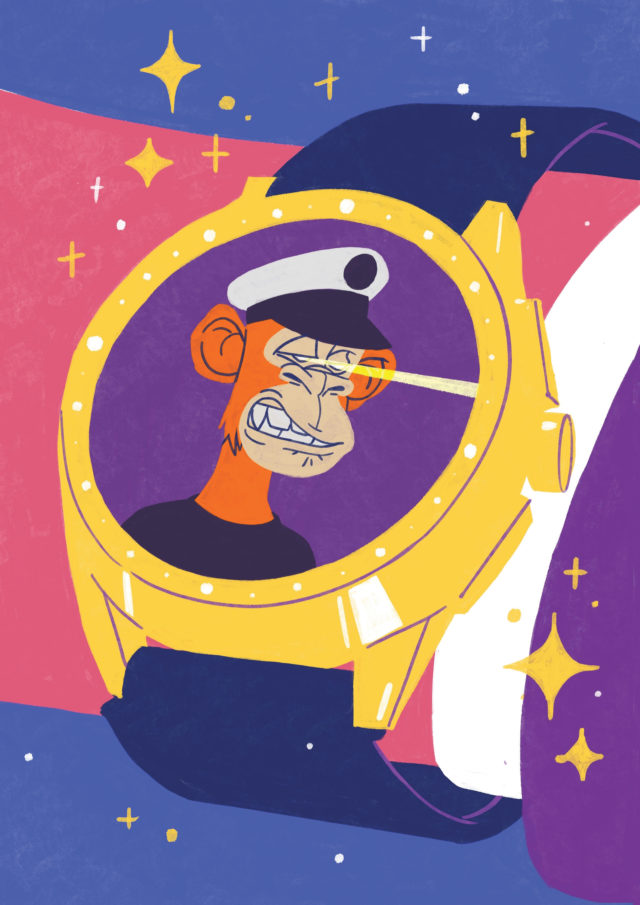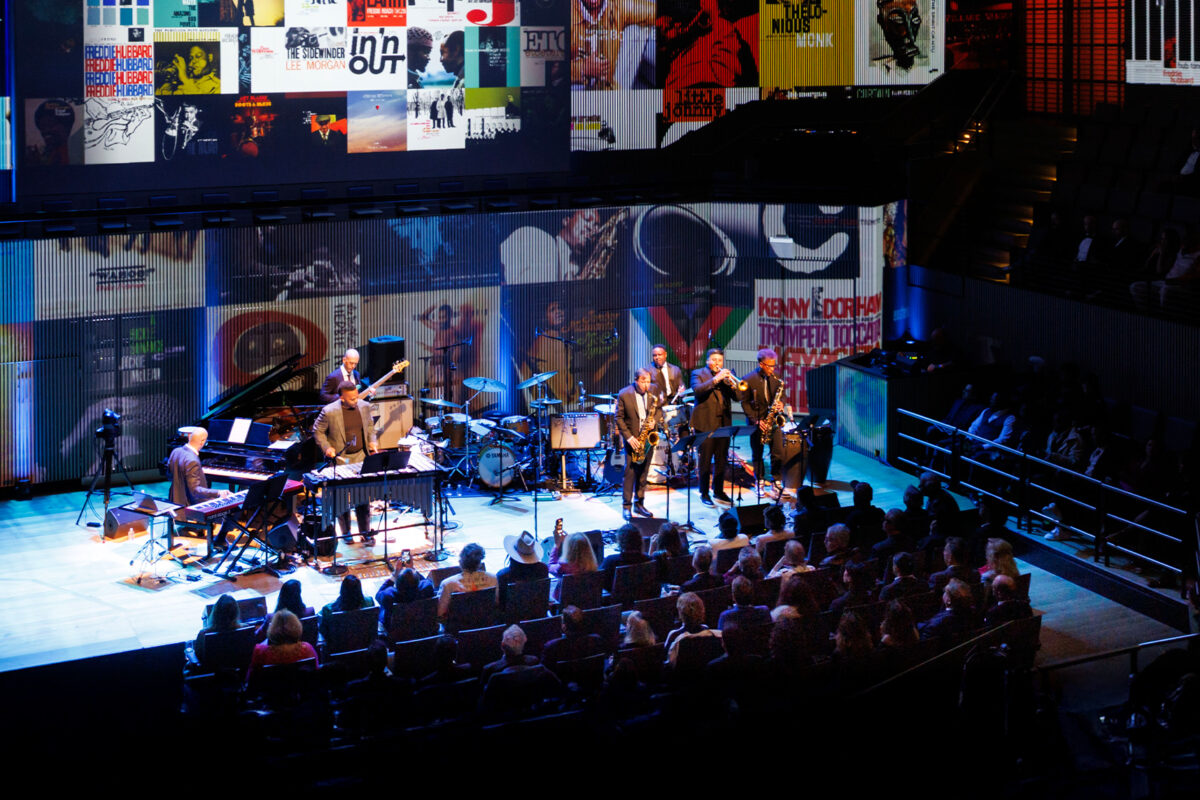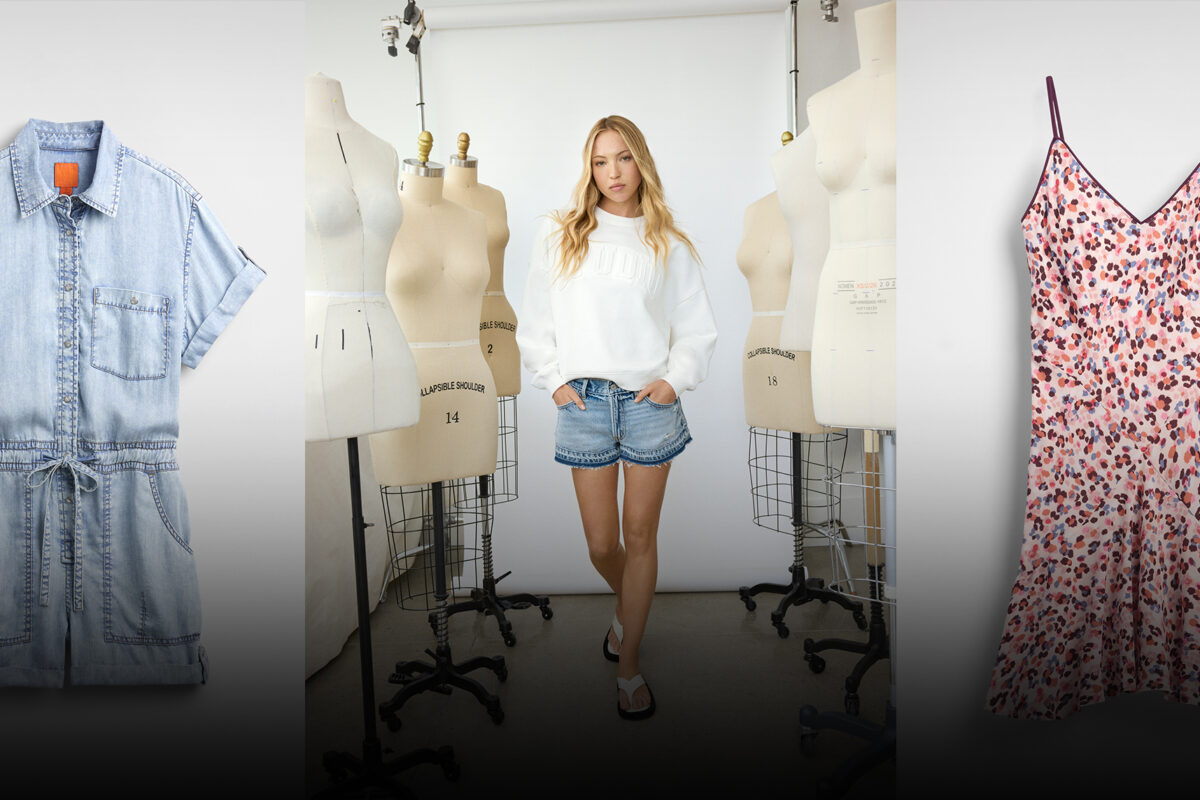Even digital worlds require a wardrobe—and luxury brands are fighting for your dollars a long way from Rodeo Drive
Words by MAX BERLINGER
Illustrations by IRIS LEI
A pair of wavy green-and-pink Gucci sneakers that’ll set you back a mere $12? A sleek Balenciaga motocross ensemble that will cost about the same as two coffees from Starbucks? If that sounds too good to be true, rest assured, these things are, in fact, real.
Well, sort of.
It depends on your definition of “real” these strange days. Because while those things exist in a sense, they aren’t physical garments you’d lovingly drape across your body or tuck inside the closet. Instead, they are accessible only online and, more importantly, a symbol of how high-end fashion brands are looking to penetrate the mysterious realm known as the metaverse.
What exactly is this metaverse of which we speak? In essence, it’s an online simulation that echoes the contours of the world we currently inhabit, like a mix of virtual and augmented realities. And if that all seems like some far-off fantasy, consider this: every time you sit down for a Zoom meeting or use those Instagram filters that plump your lips or smooth your skin, or buy an NFT (more on that later), you’re dipping a toe into the metaverse’s nascent phases.
Which begs the question—what will we do there? Well, probably a lot of what we do IRL now: work, hang out with friends, see a concert or a movie and, as some luxury brands are counting on, shop. That’s because pixel versions of ourselves, known as avatars, will act as digital stand-ins for our flesh-and-blood bodies. And the thinking goes, those avatars will need something to wear.
For proof, look no further than Facebook, which has committed itself to the concept so deeply that it rechristened itself as, well, Meta. And as a preview of its ambitions in the fashion space, in June it announced a “Meta Avatars Store” which will debut with purchasable outfits from fashion heavy-hitters Prada and Thom Browne, not to mention that sleek Balenciaga biker ensemble.
“It took me two seconds, no, one second, to know what it needed to be,” Browne explained to The New York Times fashion critic Vanessa Friedman. “I thought the gray suit needed to engage in this world.”
Californians will have a natural understanding of fashion in the metaverse as it blends two foundational West Coast domains: L.A.’s love of glamour with Silicon Valley’s technological wizardry. And every day there’s yet another example of the way these two worlds will converge. Earlier this year was the first ever Metaverse Fashion Week, hosted on one platform vying to be the leading virtual world we adopt as our second home, Decentraland, and featuring brands like Dolce & Gabbana, Etro and Forever 21. In July, model Karlie Kloss hosted a series of pop-up shops on the gaming site Roblox, selling limited-edition ensembles ranging from a romantic crinoline and sparkly skirt to casual jeans and a shirt. The designer Jason Wu, meanwhile, partnered with the digital clothing company DressX on an NFT of the gown he made for then-First Lady Michelle Obama to wear to the 2009 Inauguration Ball, to be auctioned off to the highest bidder. (NFT, it should be said, stands for non-fungible token, which is a unique digital asset that is transactionalized through a shared ledger system known as the blockchain.) Luxury watchmaker Tag Heuer has even released a timepiece, its latest iteration of the Connected Watch, that will display a Bored Ape, a CryptoPunk or any NFT for that matter on the watch face. Each day it seems a new fashion-oriented metaverse project is announced.
“The designers doing it right are reinventing fashion by not following the limitations of ‘real’ life”
JOHN AGHAYAN
No brand has better explored this territory than the storied fashion house Balenciaga, which has gone through a major evolution since its current creative director Demna (he dropped his last name, Gvasalia, late last year) took over in 2015. In addition to moving away from the brand’s signature Audrey Hepburn elegance toward a more contemporary, streetwear-meets-couture aesthetic, Demna has played with virtual reality in various ways. In late 2020, as we were still mostly confined in our homes, the brand showed its Fall 2021 collection in the form of a video game titled Afterworld: The Age of Tomorrow, which showed dystopian, tattered clothes in a bleak post-apocalyptic world. A year later, Balenciaga worked with the wildly popular video game Fortnite on a series of “skins”—digital outfits for players’ avatars—one of which emulates the brand’s hulking, oversized streetwear look.
The reason for all this excitement should be obvious: there’s money to be made. A lot of it, in fact. Morgan Stanley recently predicted that by 2030, the metaverse could be a $50 billion market for luxury brands, so it stands that these nascent efforts could yield some very impressive financial results further down the line.
But more than money, it is a way to curry favor with a new generation of fickle consumers. In an interview with The Business of Fashion, Ian Rogers, the Apple bigwig and former chief digital officer at luxury conglomerate LVMH, called this obsession with the metaverse “inevitable” and a “generational shift.” It reflects, he said, Gen Z’s desire to not merely own but display their bounty online, a byproduct of our social media era. “Having a digital collection is completely natural,” Rogers said. “Why would I want a collection of stuff that no one can see when I can have a collection of digital stuff that everyone can see?”
Maria Rugolo, an apparel industry analyst at the market research firm The NPD Group, points out that metaverse fashion attracts the exact type of consumer luxury brands need to survive: young early adopters. “There are a lot of figures out there as to how big this space will become, but the net-net is that it is growing,” she says. “The expectation is for it to be even bigger in luxury, as it can combat some counterfeiting through digital ownership. And while no one knows where it will truly go, it is something that is happening in real time, making it important to keep a pulse on.”
Despite all the excitement, there’s a feeling that we’re merely at the tip of a very large iceberg. With all this boundless creative opportunity, designers are, at this point, still mostly making digital facsimiles of real-life designs (think of Thom Browne’s choice for Meta—a gray suit). “A lot of luxury brands are trying their best to dive into the metaverse, but they’re missing the mark,” says John Aghayan, founder and CEO of EMCEE, an online marketplace that enables influencers to connect consumers to products. With a background in both technology and retail, Aghayan is uniquely able to see the landscape’s full potential and how shopping will become an immersive experience where content creators (i.e., influencers) will serve as our guides. At their best, fashion brands sell a dream, but in the metaverse, Aghayan believes they’re too focused on just selling computer-generated sneakers—at least for now. “They’re making skins, NFTs and their own coins, but they’re not putting in the work on the storytelling or the ‘why’ behind their strategy.”
“There are zero limitations to design in a virtual world,” Aghayan continues. “And I think that’s why so many people get it wrong. The designers who are doing it right are completely disrupting the space and reinventing what fashion is by not following any of the limitations of ‘real’ life.” Fashion without the limitations of real life? Beam us up.
This story originally appeared in the Fall 2022 issue of C Magazine.
Discover more STYLE news




